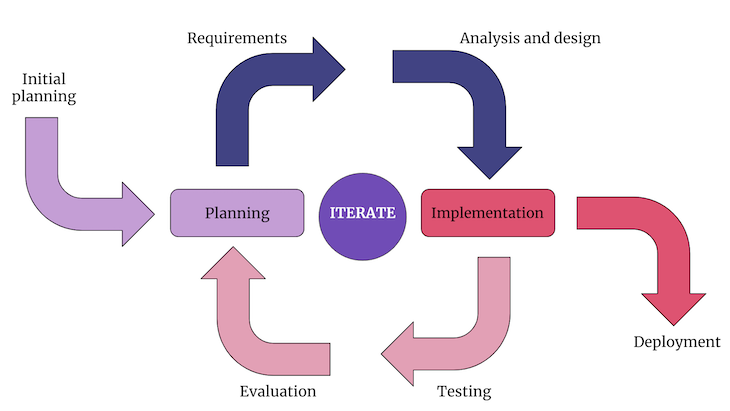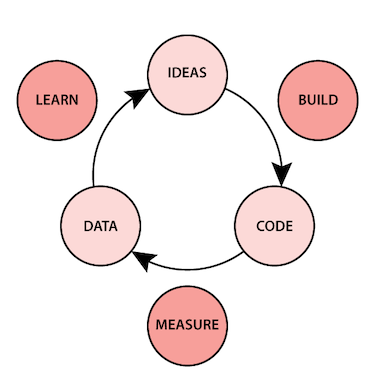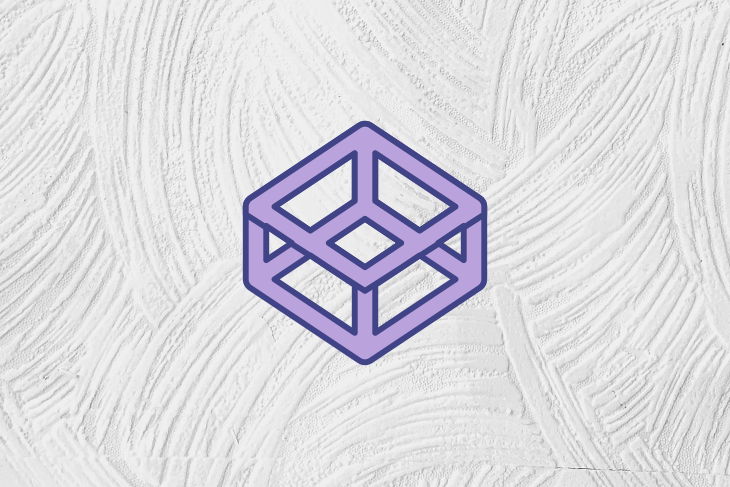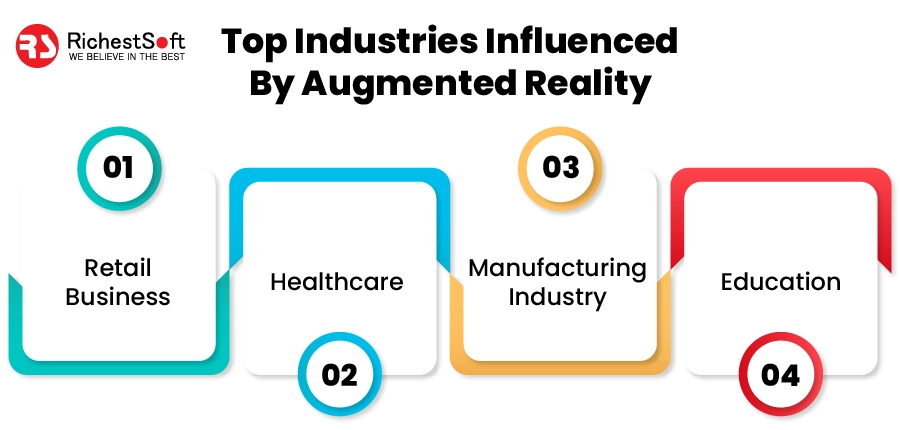4 min read
1199
Agile has gained tremendous popularity since its launch in 2001. Agile is a set of principles and values designed to help project and product teams deliver better value and more solid software products.
A typical misconception is that agile is a process, like waterfall. However, agile is more of a mindset and set of values to guide teams in building software products.
In this guide, we’ll introduce you to the most widely used agile frameworks (besides scrum). By the end of the article, you will understand your role as a product manager in the context of each framework.
Table of contents
What are agile frameworks?
According to Zippia, more than 70 percent of technology companies use some sort of agile methodology. They all share a similar mindset, but the implementation of agile principles and values differs from organization to organization.
That’s why we use frameworks. A framework is a combination of processes, artifacts, templates, ceremonies, and tools that enable projects to run smoothly. There are dozens of agile frameworks to choose from.
Following the latest report by Adeva, scrum is the most used framework among tech companies. Scrumban is the next, followed by custom agile frameworks created in-house, iterative development, and lean development.
Having a background in multiple agile frameworks will enable you to:
- Create your own custom agile process
- Onboard quickly in any organization you join
- Fix and streamline processes and expedite the execution
1. Scrumban
Scrumban is a lightweight framework that combines scrum and Kanban.
Scrumban was created originally to help product delivery teams transition from scrum to Kanban. However, it has emerged as an agile framework and gained adoption around the globe.
Scrumban espouses the core kanban principles, such as focusing on the flow, visualizing the workflow, limiting the work in progress, and continuously tweaking and improving the process. It also leverages scrum ceremonies and artifacts such as sprint planning, daily scrum, the definition of ready (DoR), sprint review, and retrospectives.
Scrumban allows the product team to follow the normal scrum process flow while minimizing chaos during the sprint by using work-in-progress (WIP) limits in a Kanban board rather than a sprint backlog.

A typical scrumban workflow looks something like this:
- The product manager prepares a set of tasks (e.g., features, enhancements, etc.), then analyzes and grooms them with the engineers
- The product team (e.g., developers, designers, product manager) performs sprint planning with the typical estimation methods, but for scrumban
- The developers set WIP limit to decide how much work they can have in progress at any stage in the sprint
- The product manager prioritizes work with the engineers to understand the market and user priorities
- The engineers, along with the product manager, start to pull work from the backlog to the Kanban board and place them in the “To do” column
- The engineers, along with the engineering manager, agree on what to move to “Doing” and who will be assigned to what
- The engineers execute the work. Meanwhile, the task breakdown and current work-in-progress are visualized during the sprint
2. Iterative development
Iterative development is an agile framework that helps teams break the product development process into iterations. It is a hybrid framework that incorporates principles of waterfall development (e.g., upfront strategy, design, and analysis) with the agile mindset and values.

Iterative development is designed to help teams iterate on legacy products rapidly and avoid spending too much time planning for low-priority products in the company’s portfolio.
Iterative development involves two main stakeholders: the business advisor (e.g., the product manager/owner) and the solution team (e.g., the development team).
A typical flow for an iterative development project is as follows:
- The business advisor (product manager) prepares the product strategy, which contains an explanation of the problem, a plan to break it down into chunks, high-level requirements, and deadlines by which to achieve them
- The business advisor, along with the solution team, kicks off the development cycle after an informal discussion. A few things to note:
- The business advisor should have the priorities ready prior to talking to the solution team
- The cycle should last 2–3 days and deliver a working product by the end
- The solution team negotiates the scope and helps the business advisor break down the work so that it is deliverable within the cycle timeframe
- A demo video or testing link is sent to all stakeholders after the cycle is completed. In iterative development, there is no need for formal review meetings
3. Lean software development
Lean development is an agile framework that evolved from lean manufacturing values, principles, and practices created by Toyota. The lean framework concentrates on optimizing team’s efficacy and minimizing waste in the product development flow.
Lean principles have gained wide adoption among tech companies because they:
- Eliminate unnecessary activities and tasks to reduce costs
- Streamline process to deliver functionalities in less time
- Empower developers to decide what works and what doesn’t
Lean is flexible. Unlike other frameworks such as scrum and SAFe, there is no structured process around lean development and product management; any project that incorporates lean principles is a lean project.
The lean startup methodology recommends developing a minimum viable product (MVP) and then, using the build-measure-learn feedback loop, improving the product further:

Embracing the lean methodology means instilling the following lean principles in your team:
- Create knowledge — Build knowledge bases to help your team retain knowledge. This knowledge can be about the user (e.g., user personas), the market (e.g., competitive landscape analysis) or anything that can expedite future work (e.g., code documentation)
- Defer commitment — Try to be as agile as possible. Don’t commit to yearly roadmaps without fully analyzing the market and business requirements. Always avoid excessive planning
- Eliminate waste — Help your team eliminate waste by avoiding gold plating and minimize task switching by establishing clear sprint goals and themes
- Build quality in — By thinking of the end-to-end user experience and including all your team members in the analysis phase, you will cover most edge cases, thereby minimizing quality gaps
- Deliver fast — By not overengineering the product requirements and having a continuous discovery process, you can help your team deliver value to your users in record time
- Optimize the whole — From time to time, take a holistic view of the process. Doing so enables you, along with your team members, to optimize it through value-stream mapping
- Respect people — This is a crystal-clear tenet that applies to all agile frameworks. Always prioritize people over processes. Respect people and their work and encourage healthy conflicts through effective communication
Final thoughts
Understanding different agile frameworks will enable you to be highly adaptable as a product manager. This is because agile, by its very nature, is not a set of tools and processes, but a mindset and a general guide.
By understanding what other teams have implemented and taking stock of what worked and what didn’t, you will be better equipped to innovate around and create processes to understand, execute, and launch faster.
Featured image source: IconScout
Source link






Leave a Reply